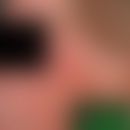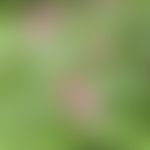Synonym(s)
DefinitionThis section has been translated automatically.
The garden balsamine was originally native to Southeast Asia, but is now cultivated in Europe and other continents. The annual plant grows to a height of around 20-70 cm. It belongs to the balsam family (Balsaminaceae) and forms strong, fleshy stems with green lanceolate leaves and slightly reddish branches. The flowers are white to pink in color. It flowers from June to September. Typical of garden balsamines are the fruit capsules that are so characteristic of all balsam plants. When ripe, they burst open at the slightest touch and catapult out their seeds.
Used in Asia to treat rheumatism, fractures and fingernail inflammation. In an in vitro study, Wang et al. were able to demonstrate a bactericidal effect on Helicobacter pylori strains resistant to clarithromycin, metronidazole and levofloxacin.
Furthermore, antimicrobial, antiallergic, antipruritic, antitumor, antioxidant, anti-inflammatory, immunomodulatory, insecticidal, anthelmintic and enzyme-inhibiting activities are known.
Ingredient(s)This section has been translated automatically.
In a pharmacological study, Qian H et al. identified 307 natural compounds of the plant: flavonoids, naphthoquinones, coumarins, terpenoids, sterols, phenols, fatty acids, naphthalene derivatives, nitrogen-containing compounds, polysaccharides and more.
Pharmacologically, antimicrobial, antiallergic, antipruritic, antitumor, antioxidant, anti-inflammatory, immunomodulatory, insecticidal, anthelmintic and enzyme-inhibiting activities have been demonstrated.
Please note: toxicity! laxative effect and nausea! The flowers are sometimes used by anorexic patients as an emetic. In the pharmacological studies, mainly the ingredients of the plant stems and leaves were used.
Note(s)This section has been translated automatically.
Extracts from the flowers and leaves of garden balsamines are used in cosmetic formulations:




